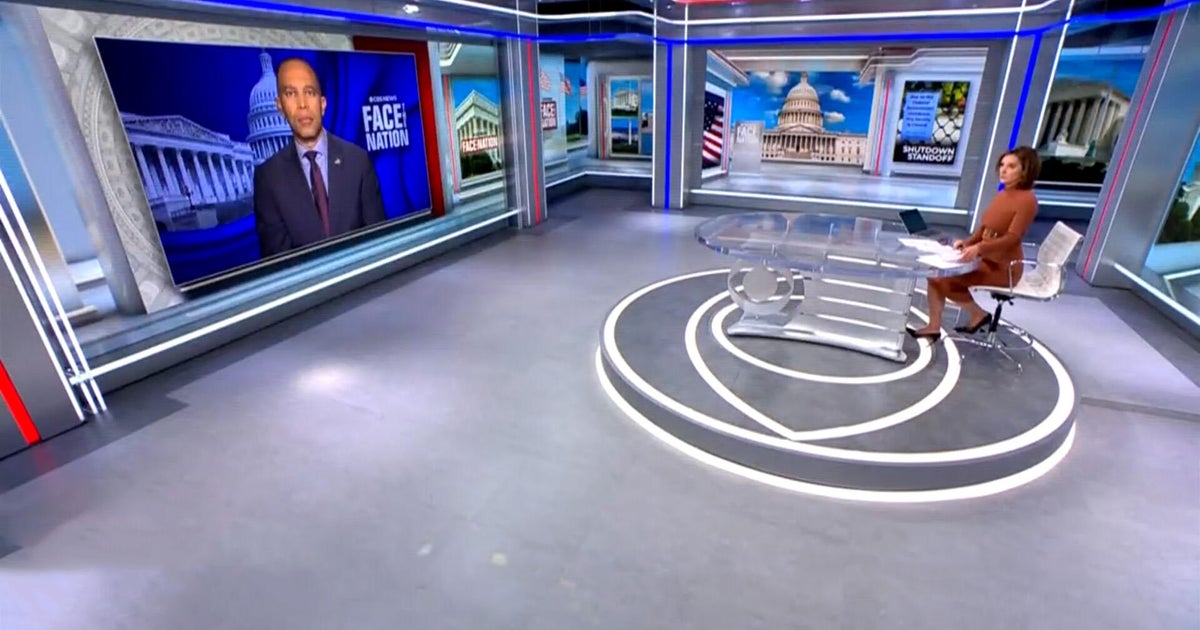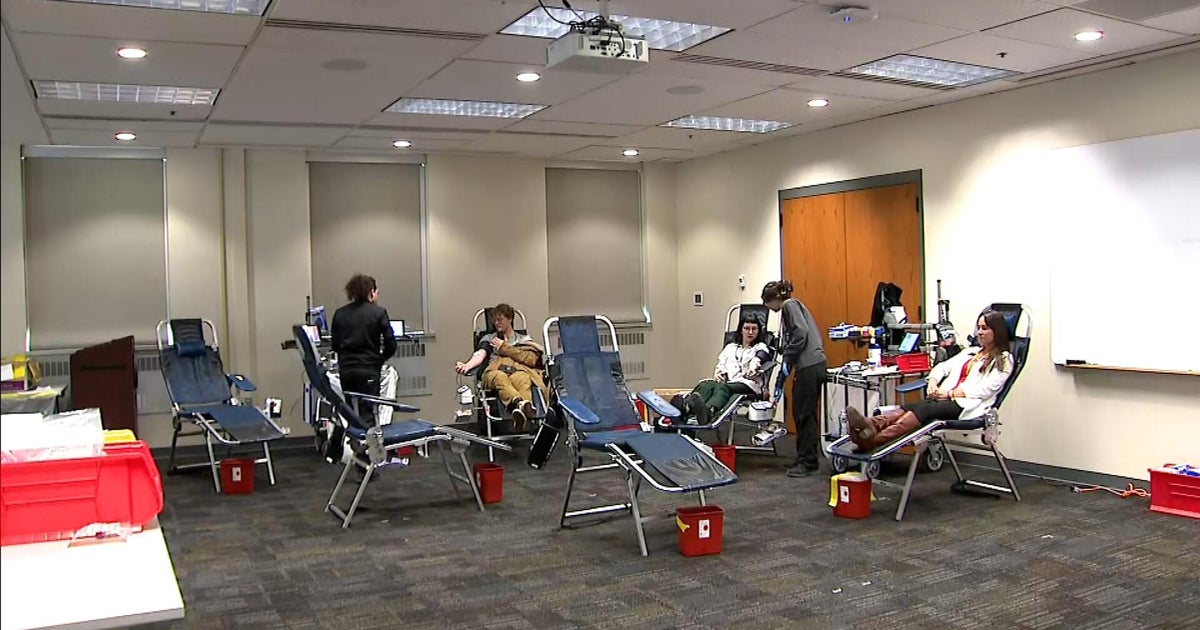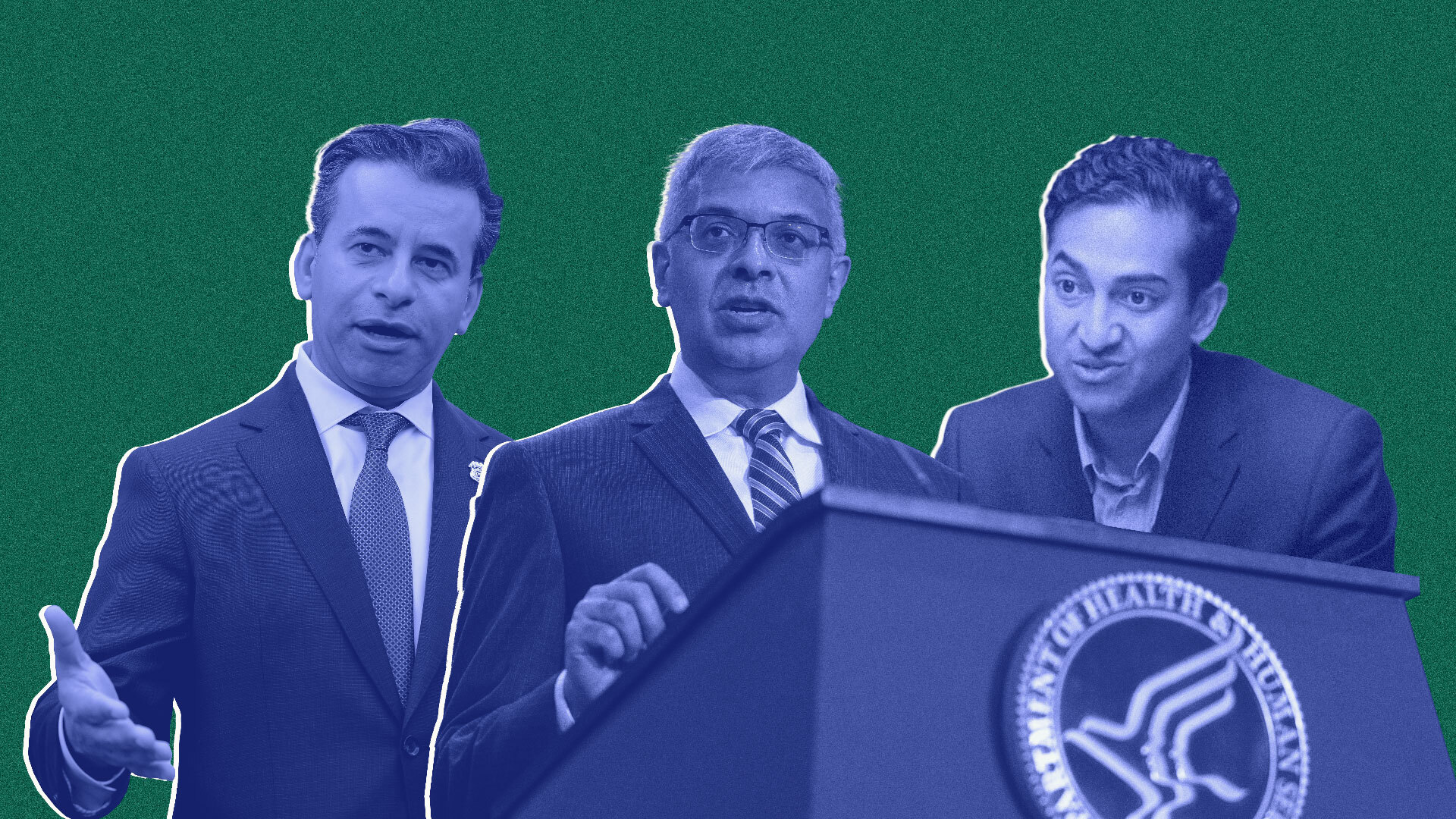Transcript: Dr. Christopher Murray discusses coronavirus on "Face the Nation," April 12, 2020
The following is a transcript of an interview with Dr. Christopher Murray that aired Sunday, April 12, 2020, on "Face the Nation."
MARGARET BRENNAN: One of the models that the White House is watching closely in terms of hospital resources and what the death toll could look like going forward is from the University of Washington's Institute for Health Metrics and Evaluation. You often hear it referred to as the IHME model. The director is Dr. Christopher Murray, and he joins us this morning from Seattle. Dr. Murray, good to have you here. What would a rolling reopening of the economy look like and what would that do to your projections?
DR. CHRISTOPHER MURRAY: Well, we've been trying to investigate that because I think there- the issue is if you open up too soon and there is a big load of cases still in the community that have the potential to go back to community transmission, we can quickly see resurgences in some states. So some states it's possible in May, but in other states, it's going to be very, you know, very unlikely that that would not lead to an immediate resurgence.
MARGARET BRENNAN: Which states are safe to reopen?
DR. MURRAY: Well, what- what we're seeing is that the states such as out here on the west coast seem to be farther along the epidemic, peaking, and then we need multiple weeks of closures after that peak to bring the burden of cases down to the point where testing and contact tracing has a- has a chance of working. And then, of course, there's the big issue if states are on different tim- timings of their epidemics, which we know is the case, how are they going to control importation from other states into their state? So it poses a whole series of new questions that haven't yet really been addressed.
MARGARET BRENNAN: You know, this week your model projected that around 61,000 Americans will lose their life to the virus by the end of this summer. That is a- a breathtaking number, but it is far lower than your April 2nd estimate of nearly 100,000. Your discrepancy there has been heavily criticized. I'd like you to explain why there was such a significant change.
DR. MURRAY: Well, about two weeks ago, our first prediction was about 80,000 cases with a very wide range from about 30,000 to 150,000. And all of our subsequent forecasts have been within that range. What- the- the advantage of the model that we run, which is we keep updating it, you know, three, four times a week, is that it's driven by the data. And so the trend up in some states has been faster. In New York, for example, at the beginning, that pushed our forecasts up. And then the trend- the peaks that we're seeing in California and Washington have been lower than expected. And that's brought these forecasts down a bit. But they've all been within the same range. We're now- the last series of forecasts have been around 60, 61,000 deaths. We predicted the peak about now and that seems to be occurring at the national level. But because of the incomplete implementation of social distancing closures in many states, it's adding a degree of uncertainty about what's actually going to happen in places like Texas as an example.
MARGARET BRENNAN: Texas is a hotspot that worries you still?
DR. MURRAY: Well, all the places where we have only partial closures, for example, on the essential business list, those are the ones that it's really much harder to know what's going to happen.
MARGARET BRENNAN: OK.
DR. MURRAY: We have rock solid evidence that the full closures work. We've seen that in Italy and Spain. We're seeing that out here out west. But what we don't know is do these sort of incomplete closures have the same impact.
MARGARET BRENNAN: Dr. Fauci likes to say that- that model's only as good as the assumptions you put into it. I believe your models assume that social restrictions stay in place until the end of May. So if you start reopening parts of the country, how high of risk of rebound is there?
DR. MURRAY: If- the- the first testing we've done on this is if you opened up the entire country May 1, then we would very clearly have a rebound. We don't think the ca- capability in the states exists yet to deal with that volume of cases. And so by July or August, we could be back in the same situation we are now. I think what Dr. Fauci was talking about this morning is that different states are on different timings.
MARGARET BRENNAN: Yeah.
DR. MURRAY: And so maybe some states can open up mid-May. But we have to be very careful and make sure that we don't sort of lose all the effort that the American people have put into closures by premature opening.
MARGARET BRENNAN: And this is a global pandemic. This could be a seasonal virus. Where are we as a world right now?
DR. MURRAY: Well, that's the really big question. Most of our work at the institute is actually focused on tracking health around the world in a thing called the global burden of disease. So we're used to looking at all the data around the world. And the big worry is what will be the toll in places in low and middle income world that don't have the capability, perhaps, of implementing social distancing measures. They don't have the ICU capacity. They don't have the ventilator capacity to deal with patients. And that's what I think many people are trying to focus their attention on now: what's coming down the pike.
MARGARET BRENNAN: Doctor, thank you for your analysis. We will be right back.





